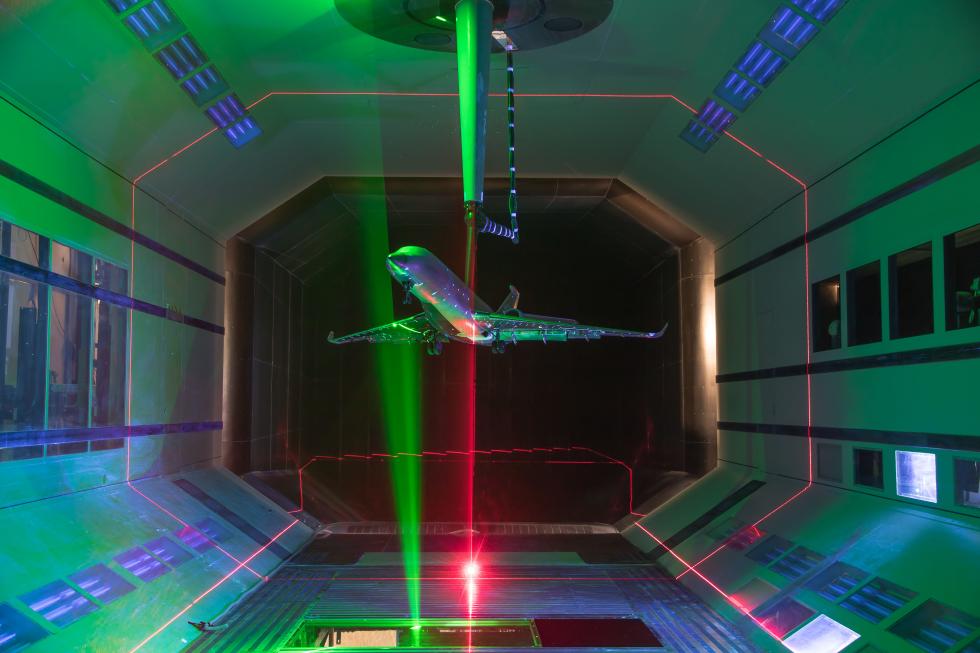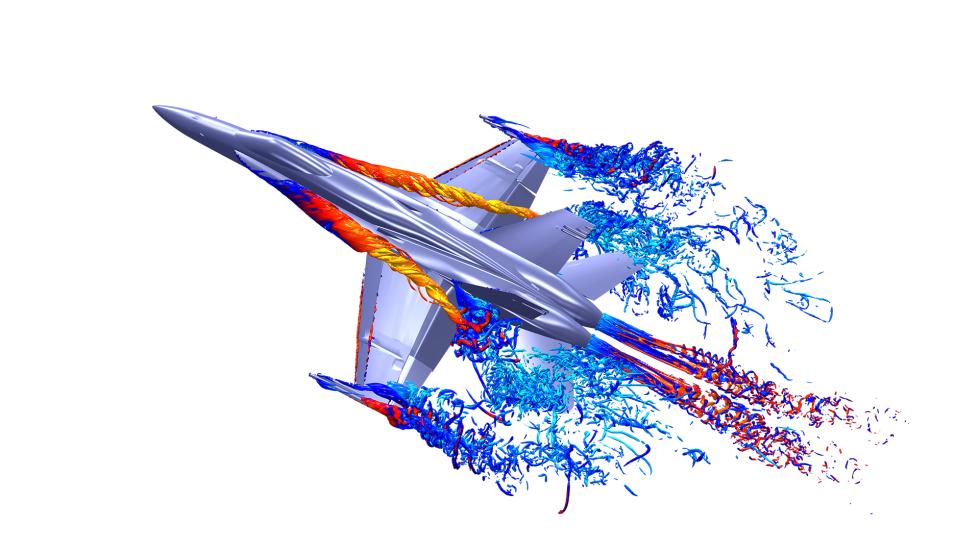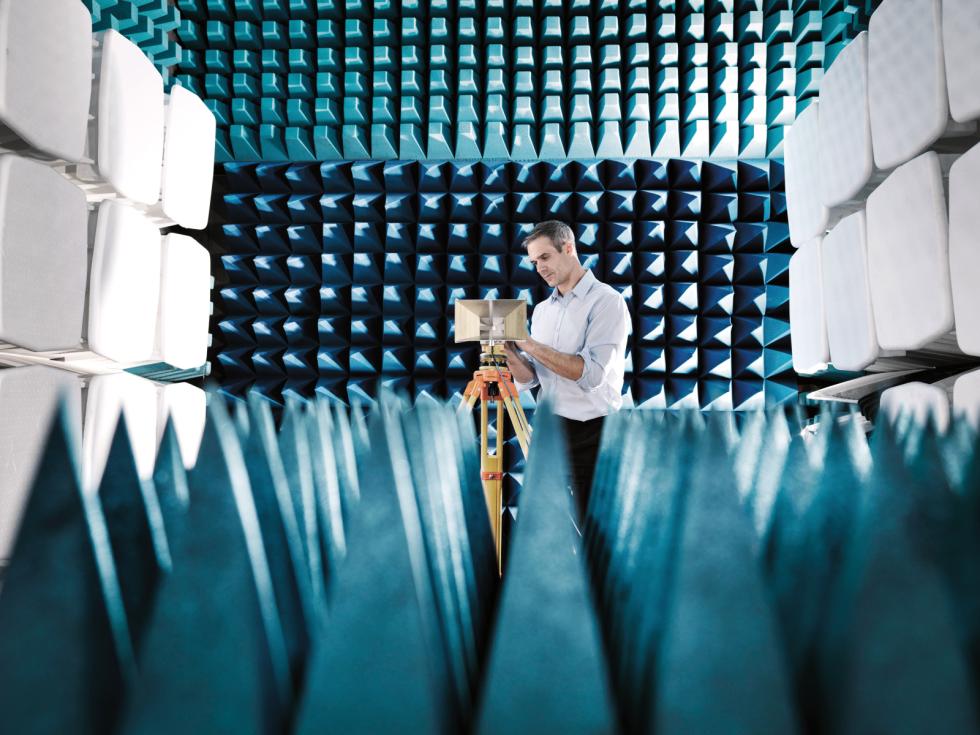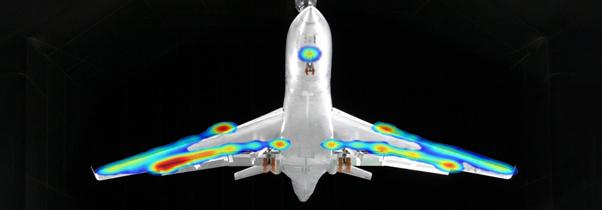Comprehensive solutions for acoustic challenges
Noise generated by transport vehicles, such as aircraft, cars and railways, is a concern for the health, safety and comfort of passengers and crew member as well as inhabitants of noise affected areas. With RUAG's wide range of expertise in both numerical and experimental analysis of noise sources and propagation paths in transport systems, we can support you in solving your challenges.
Acoustic signatures are best optimized already during the design process of a new product. Measurements in lab conditions or on prototypes are ideal to assess the source location as well as the frequency of the emitting noise.
In addition to testing, noise propagation can be simulated and analyzed even before a prototype is available. By analyzing the simulation model of aero- and vibro-acoustic phenomena, an adapted treatment either with passive dampening of the design (material or structure) or active cancelling is possible.
Your advantages at RUAG
Contact
Aero-acoustic source identification
The wind tunnels can be instrumented with an array of 144 microphones to experimentally determine noise source maps. Details in spatial and frequency domain can be recorded, analyzed and optimization studies on the vehicle or power system can be performed.
Vibro-acoustic source identification
Vibrations and the resulting noise that are transmitted over structural elements are often irritating. Ground and flight testing with portable microphone arrays are our daily business. Measurements in different platforms, such as business jets and helicopters, are carried out with different goals: vibro-acoustic source identification, RCA (Root Cause Analysis) of noise issues, pre-buy acoustic inspection, development and validation of NVH (Noise, Vibration and Harshness) packages. By establishing the effective perceived noise level prediction pattern, environmental issues can be addressed to the point.
Vibro-acoustic analysis and modelling
Confined spaces, like cabin/cockpit interiors and payload bays, can be subject to excessive vibro-acoustic levels. The use of analytical, experimental and numerical (FEM – Finite Element Methods, SEA – Statistical Energy Analysis) modelling allows us to analyze and model realistic vibro-acoustic phenomena such as cabin/cockpit interiors or payload bays. By knowing the noise characteristics, active and passive noise cancelling methods can be developed and applied.
Active Noise Control
What if you don't need to wear a headset or ear plugs? Active noise control creates a "reduced noise sphere” around the listener's head. By reducing the general noise level and cutting annoying frequencies, the perceived noise is significantly reduced and allows normal conversations among passengers and crew as the system does not affect voices.
Download
Would you like to learn more about our services? Here, you can download various additional information.
SUITABLE TOPICS FOR FURTHER READING

Aerodynamik Home

Simulation & Analysis

